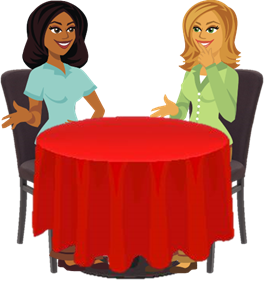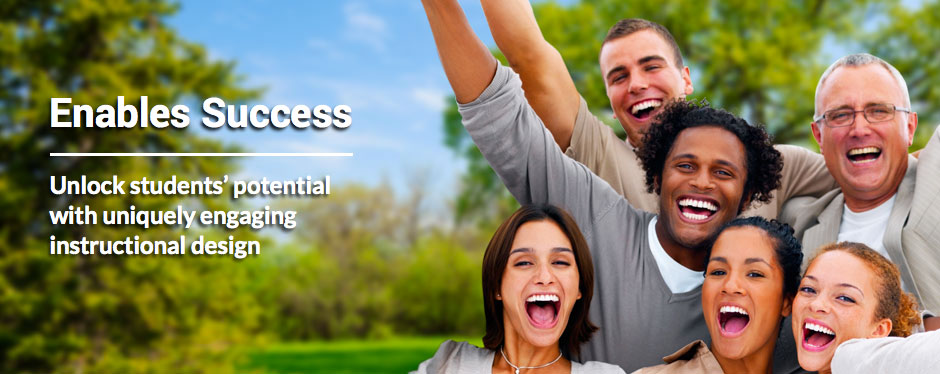The Role of the Learning Coach
Throughout our courses, Jennifer acts as a coach to students, as well as their peer. Jennifer relates stories about her experiences in school to help guide students in the development of various necessary skills.
experiences in school to help guide students in the development of various necessary skills.
These narratives involve events from Jennifer’s life that connect to things she’s learned. Because she provides step-by-step explanations for how she arrives at solutions, students learn not only how to apply the skills they acquire, but also how these skills work in practice.
Jennifer’s Profile
Jennifer is a single mother with two young, school-age children. She works part time as a receptionist in a family medical practice, but ultimately wants to become a nurse. Jennifer’s strong desire to enter the nursing field is what prompted her to return to school as a full time student.
When she tried college a decade earlier, she couldn’t focus enough on her work and dropped out before failing out. Due to Jennifer’s past struggles with school, she is determined to succeed now that she has a second chance.
This determination comes through in the lessons, as she works to guide students to understand the importance of reading comprehension, time management, and responsible study habits.
 Jennifer and Students of the Course
Jennifer and Students of the Course
Jennifer has similarities to students who will take our courses. All of Jennifer’s experiences may not be exactly the same as the students who take this course, but students will likely find commonalities between her life goals and their own.
Because her experiences in the full course explore a extensive array of fundamental education topics—everything from the features of textbooks to summarizing the content of readings—students can get a thorough grounding in comprehension strategies from the course.
These lessons are designed so that they can either stand alone as a course, or act as a teaching tool to reinforce classroom lessons.
Challenges That Relate Educational Content to Real Life
With each lesson, Jennifer encounters a new challenge that can be effectively dealt with by using the educational performance skills she has learned. These skills are then taught to students throughout the course, so that they can learn from Jennifer as she successfully overcomes the obstacle.
For example, one challenge involves changes in the rules for financial aid, causing Jennifer to lose the money she depends on for her schooling. In order to overcome this obstacle, she uses skills she has learned in identifying topics, main ideas, and supporting details to understand the problem, and ultimately find new sources of financial help.
In another module, when Jennifer’s son Adam becomes seriously ill, she uses a medical terminology textbook and what she has learned about the parts of words—roots, prefixes, and suffixes—to understand what the doctors tell her is happening to Adam. With these and other challenges, Jennifer’s experiences show the relationship between the skills she learns and their possible applications in everyday life.
Presentation of Jennifer and the Courses
In the course, Jennifer appears as an avatar, which is used instead of a photo because it makes her more broadly relatable. She also provides the voice narrating the onscreen content.
The course works to relate to visual learners through its colorful and image-based design. Many individuals have a mix of learning styles that can change and develop over time. These courses recognize that changing need by including aspects and interactions that work well for a range of learning styles, allowing all learners to have an individualized experience.
The presentation of the material is friendly and engaging in a way that mirrors and complements Jennifer’s narrative voice, while still reinforcing the unity between the narrative and the instructional content.
Keeping Students Engaged
Jennifer’s challenges often involve her work and home life, and in the course of solving her problems she interacts with her friends, coworkers, and bosses.
Due to the fact that most of the module content involves issues and relationships outside the context of school, the student can respond to the educational content from a different, less explicitly academic perspective. This works to avoid, or at least narrow, the usual distance that can be imposed by strictly academic contexts.
The learning content is relevant and relatable to the students’ own concerns and needs.




Recent Comments